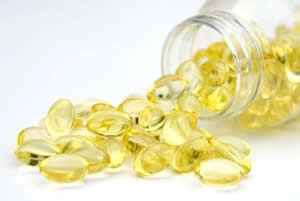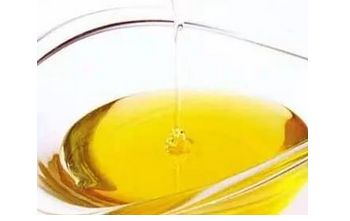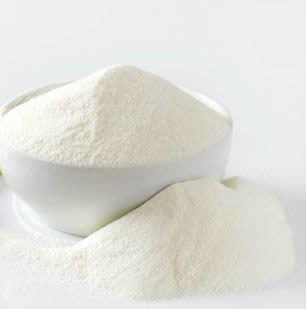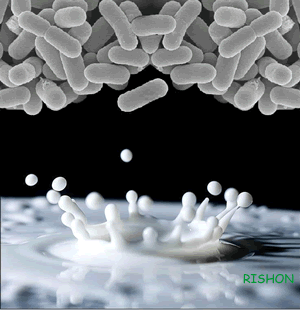What is essential amino acid and what benefit?
Our body needs Nine essential amino acid and 11 non essential amino acid to maintain good health and normal functioning. Nine of these amino acids can not be made by our body itself, must be obtained through food, called the essential amino acid. Good dietary sources include meat, eggs, tofu, soy, buckwheat, quinoa, and dairy.

As known, amino acids are compounds that combine to make proteins. When a person eats a food that contains protein, their digestive system breaks the protein down into amino acids. The body then combines the amino acids in various ways to carry out bodily functions. A healthy body can manufacture the other 11 amino acids, so these do not usually need to enter the body through the diet.
Amino acids build muscles, cause chemical reactions in the body, transport nutrients,
prevent illness, and carry out other functions. Amino acid deficiency can result in
decreased immunity, digestive problems, depression, fertility issues, lower mental
alertness, slowed growth in children, and many other health issues.
Each of the essential amino acid plays a different role in the body, and the symptoms of deficiency vary accordingly.
Amino acids can be called the ¡°building blocks¡± of protein and are an important part of every human body. There are 20 different amino acids ¨C nine of which are called ¡°essential¡± and 11 of which are labeled as ¡°non-essential.¡± The human body needs all 20 of theseamino acids, in varying degrees, to be healthy and fully functional. All 20 have distinctchemical structures and are used for different roles ¨C such as forming neurotransmitters,forming hormones and producing energy. But their primary role is to build proteins.
Essential Amino Acid
Protein is part of every single cell in the human body and is essential to the body¡¯s
functioning. Protein helps build and repair tissues like skin and muscle, and it helps
produce antibodies and insulin. From only 20 amino acids, the body is able to generate many thousands of unique proteins with different functions. Each one of these proteins contains between 50 and 2000 amino acids, connected in varying sequences. After all of these amino acids are joined together, they are folded and twisted to make a specific shape. This unique shape is the determining factor for what the protein does for the body.
From only 9 essential and 11 non-essential amino acids, the body is able to generate many thousands of unique proteins with different functions.
About the essential amino acid, There are nine amino acids that your body cannot
create on its own, and that you must obtain by eating various foods. Adults need to eat foods that contain the following eight amino acids: methionine, valine, tryptophan,
isoleucine, leucine, lysine, threonine and phenylalanine. Histidine, the ninth amino acid, is only necessary for babies.
Instead of storing up a supply of the essential acids, the body uses them to create new proteins on a regular basis. Therefore, the body needs a continual ¨C ideally daily ¨C supply of these amino acids to stay healthy.
Above is about essential amino acid.
- Back:What does deficiency of essential fatty acids lead to? [2020-02-08]
- Next:Essential Fatty Acid is good for resistance to novel coronavirusis [2020-01-29]








